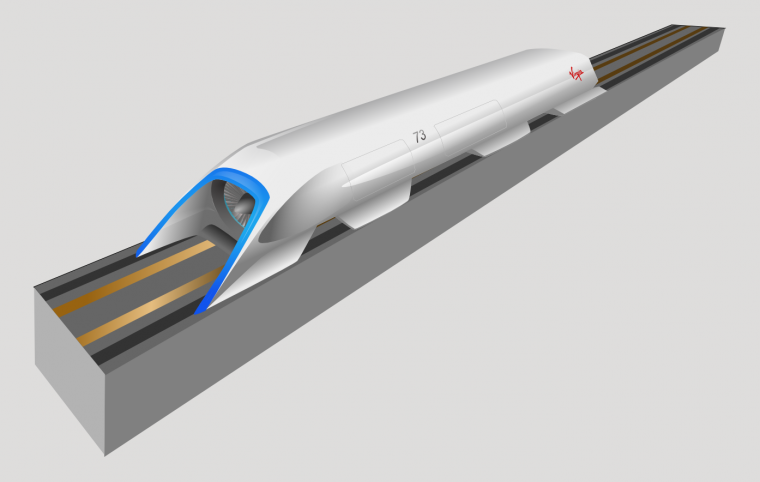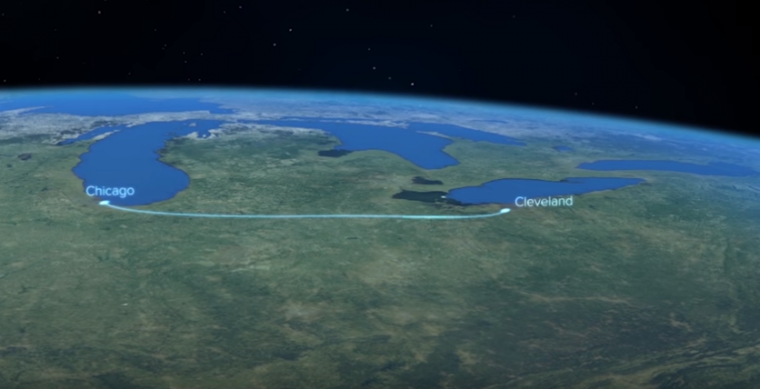Considering the Environmental Impact of Hyperloop Routes in the US
Earlier this year, the city of Columbus, Ohio, initiated a feasibility study to install a hyperloop route from Cleveland to Chicago. Ohio isn’t the only state taking strides toward this new technology, however. According to Ensia contributor Meredith Bauer, the U.S. as a whole is considering 15 hyperloop routes. Some of the proposed routes include Las Vegas to Reno, Denver to Boulder, and Portland to Seattle.
Some companies estimate that these hyperloops will be available for public use as early as 2020. As companies move closer to implementing this technology, it’s only natural to consider its impact on the environment. Two of the top concerns are the carbon footprint of the materials used to built the hyperloops and the impact the infrastructure will have on ecosystems.
Stylish and Sporty: Explore the 2019 Chevy Corvette lineup
Ecosystem concerns
Some hyperloop companies are fine-tuning routes built above ground via a hollow tube suspended in the air on concrete pillars. They’re also seeking ways to build elevated tracks in highway medians next to railroad tracks that already exist, to help minimize disruption to the ecosystem.
However, some routes might need to be underground, due to some cities’ existing infrastructure and lack of space. Researchers with the Transportation Sustainability Research Center at the University of California, Berkeley, are among those investigating the impact tunneling would have on aquifers and whether or not chemicals from the construction materials could leach into the ground to contaminate drinking water.

Photo: Camilo Sanchez
Emissions concerns
The vacuum environment of hyperloop routes should contribute to the energy efficiency of this technology, explains Steve Carden, transport innovation lead at PA Consulting Group. “Hyperloop has the potential to be a game changer,” he said. “Imagine traveling at the speed of a jet plane, with the grid distribution efficiency of a train, and almost no aerodynamic drag.”
The goal is for hyperloop to be a greener alternative to plane transportation. In 2017 alone, international flights produced 946 million tons of carbon dioxide. If every passenger flight with a range of 310-930 miles was swapped with a hyperloop route, fossil fuel emissions would drop 58 percent, according to Virgin Hyperloop One.
We await more details in the days ahead as the proposed hyperloops in the U.S. gradually become a reality.
The Versatile SUV: Discover which Chevy SUV matches your current life phase
News Sources: Ensia, Hyperloop One

Whitney Russell resides in Dayton, though her spirit can be found beach-bumming in Puerto Rico (the land of her half-Puerto Rican heritage). When not crafting car-related content, she can be found chasing after the most amazing toddler in the world, watching her “beaver” of a husband build amazing woodworking projects, hanging out with two crazy dogs, and visiting family and friends. She also enjoys traveling, crafting, and binge-watching period dramas when time allows. See more articles by Whitney.


